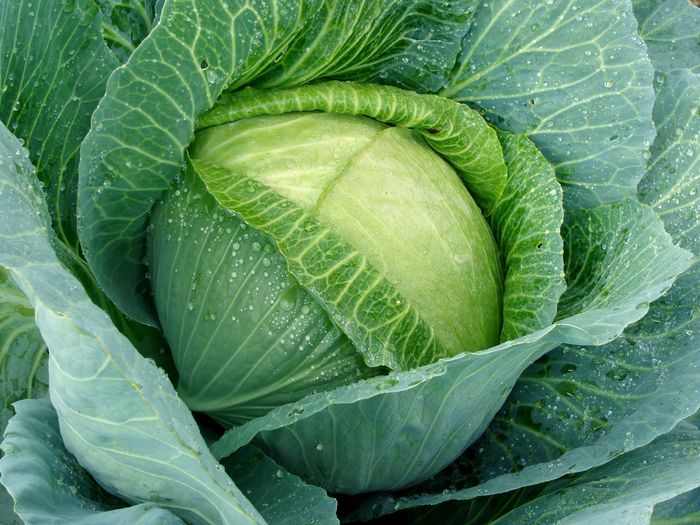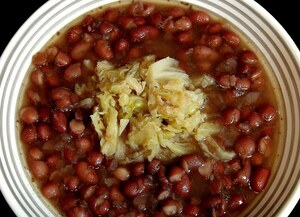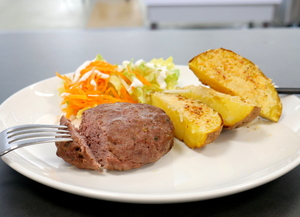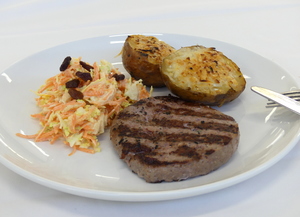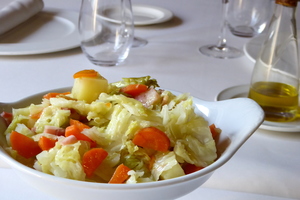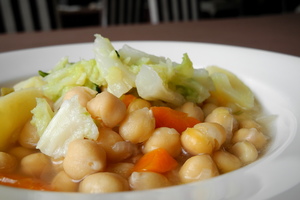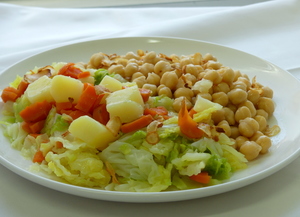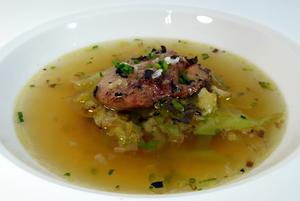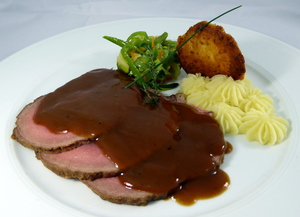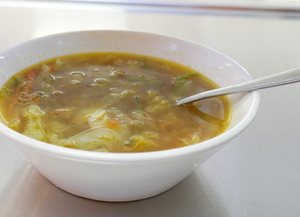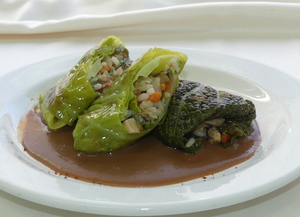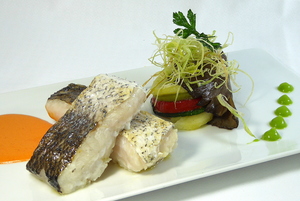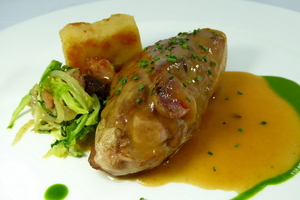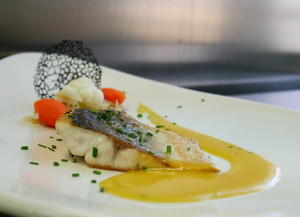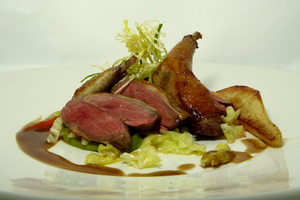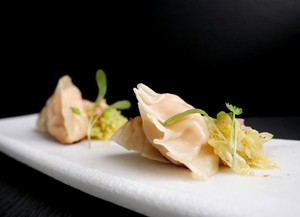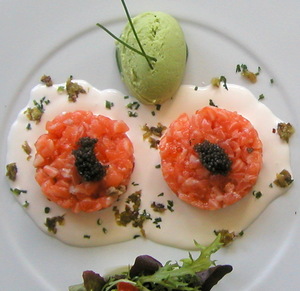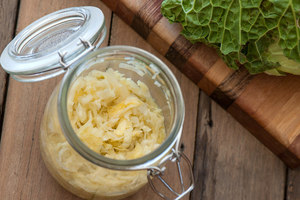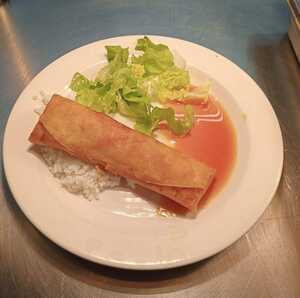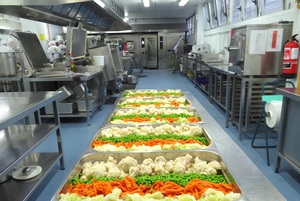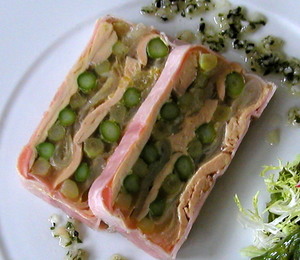Cabbage
Seasonal period:
January, February, March, April, September, October, November, December
The cabbage or headed cabbage is distinguished by its big, smooth leaves full of nerves.
Its taste is sweeter than the taste of the curly kale.
It was part of the basic diet of peasants in the medieval age. Nowadays it is consumed in every continent.
Nutritional information (0.1 kg)
Energy
32.0
kcal
Carbohydrates
4.1
g
Proteins
3.5
g
Lipids
0.3
g
Sugars
3.1
g
Salt (Sodium)
0.0
mg
Folic acid
87.0
ug
Vitamin C
110.0
g
Vitamin A
13.0
ug
Zinc
0.3
mg
Iron
0.8
mg
Calcium
40.0
mg
Cholesterol
0.0
mg
Polyunsaturated fatty acids
0.1
g
Monounsaturated fatty acids
0.0
g
Saturates
0.0
g
Fiber
3.0
g
The data is merely a guide and should not be used for medical purposes. Those responsible for the web disclaims any responsibility.
Recipes
-
Type of dish
- Beers
- Cocktails
- Breakfasts and brunch
- Burguers
- Juices, milkshakes and beverages
- Shellfish
- Bread and pastries
- Pizzas, patty
- Dessert
- Pasta
- Sándwich
- Pastries
- Finger foods
- Ice creams and sorbets
- Legumes
- Salads
- Eggs
- Patty
- liqueur
- Harvard plate
- Main course
- Meats
- Fish
- Birds
- Vegetables
- Soups and creams
- Rices
- Coffee, chocolate and infusion
- Cheeses
- Appetizers and canapes
- Temperature
- Cuisine type
- Additional culinary preparation
- Conservation technique
- Seasonal recipes
-
- Aromatic herbs
- Beverages
- Big game hunt
- Bread and pastries
- Canned goods and pickles
- Cereals
- Condiments, spices and additives
- Cooked, salted, preserved and cold meats
- Dried fruits and nuts
- Dry pulses
- Edible oils and vinegars
- Eggs and derivatives
- Feathered game hunt
- Fish cuts
- Fishes
- Insects
- Kitchen and bakery tecniques
- Kitchen and bakery utensils
- Meat cuts
- Meats
- Milk, cream and derivatives
- Mushrooms
- Offal
- Pasta, rice, flour and derivatives
- Poultry
- Seafood
- Service techniques
- Service utensils
- Vegetables cuts
- Vegetables, fruits, tubers and seaweed

